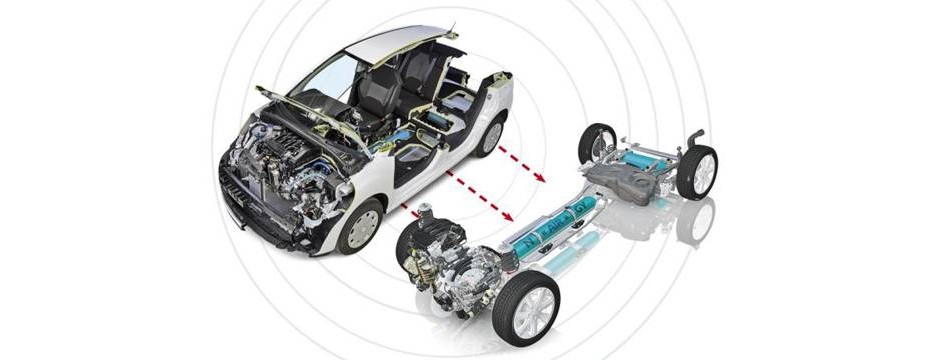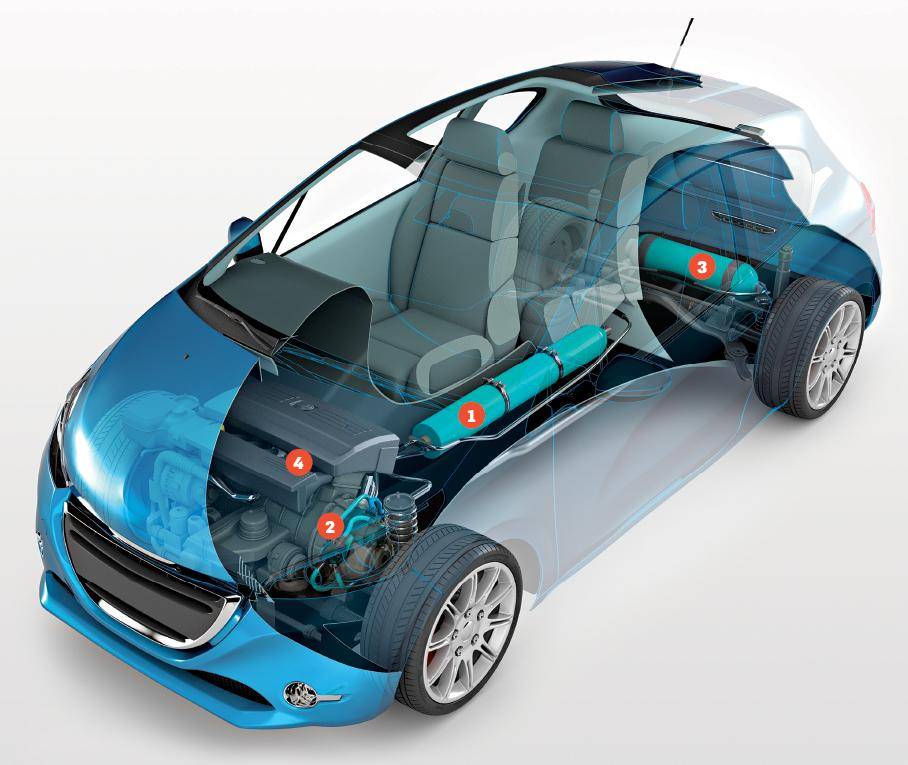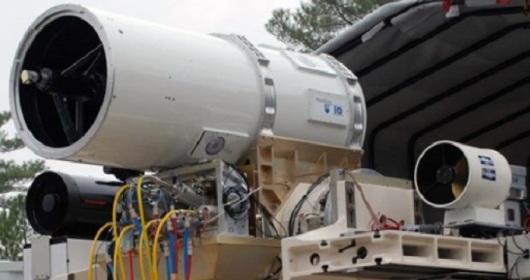For over a century, air cars have been just an idealistic concept in engineers’ minds that had little chance of becoming a reality. In theory, using air as a fuel has some enormous advantages: it is ubiquitous, clean, and most of all, free. But of course, things are more complicated. Energy is needed to compress and store that air, which limits the usability of purely air motor vehicles. To overcome this problem, two engineers from PSA Peugeot Citroën came up with the idea of using two old and tested technologies – hydraulics and a petrol engine. In 2010, they formed a Hybrid Air Motor Program to test the concept, despite a lot of resistance from people who didn’t trust the idea. In an experiment to prove the possibilities of the project, they connected a car engine to a plane’s hydraulics system.
The Hybrid Air powertrain, which the two engineers designed, utilized a hydraulic pump and a piston to compress the nitrogen gas in a tank called the high-pressure accumulator. Under acceleration, the compressed gas is released and moves the hydraulic fluid through the same pump in reverse. The pump spins the wheels and hydraulic fluid goes to a second tank.
Like current hybrids, the system will use both air and normal fuel during driving. The petrol engine is used for most of the faster driving, and it also compresses the nitrogen fluid, if the regenerative-braking system hasn’t done that already. The engineers predict that urban driving in lower speeds could be mostly powered by air motor. What is most important, this system is said to be cheaper and lighter than hybrid-electric systems. Moreover, there are no batteries to wear out, and the engineers claim that the system should last for the life of the vehicle.
1. A tank with compressed hydrogen.
2. A hydraulic pump and piston.
3. A low-pressure accumulator, which stores hydraulic fluid for later use.
4. A conventional gasoline engine.
The prototype of this system has been working so well that PSA decided to implement it into some conventional vehicles as an option in Europe and possibly other markets in 2016. The price for these air motor vehicles has not been released, but PSA claims it should be similar to that of other gasoline hybrids.
[sc:ad-text]
[sc:end t=”Car Powered by Compressed Air Motor”]








Leave a Reply